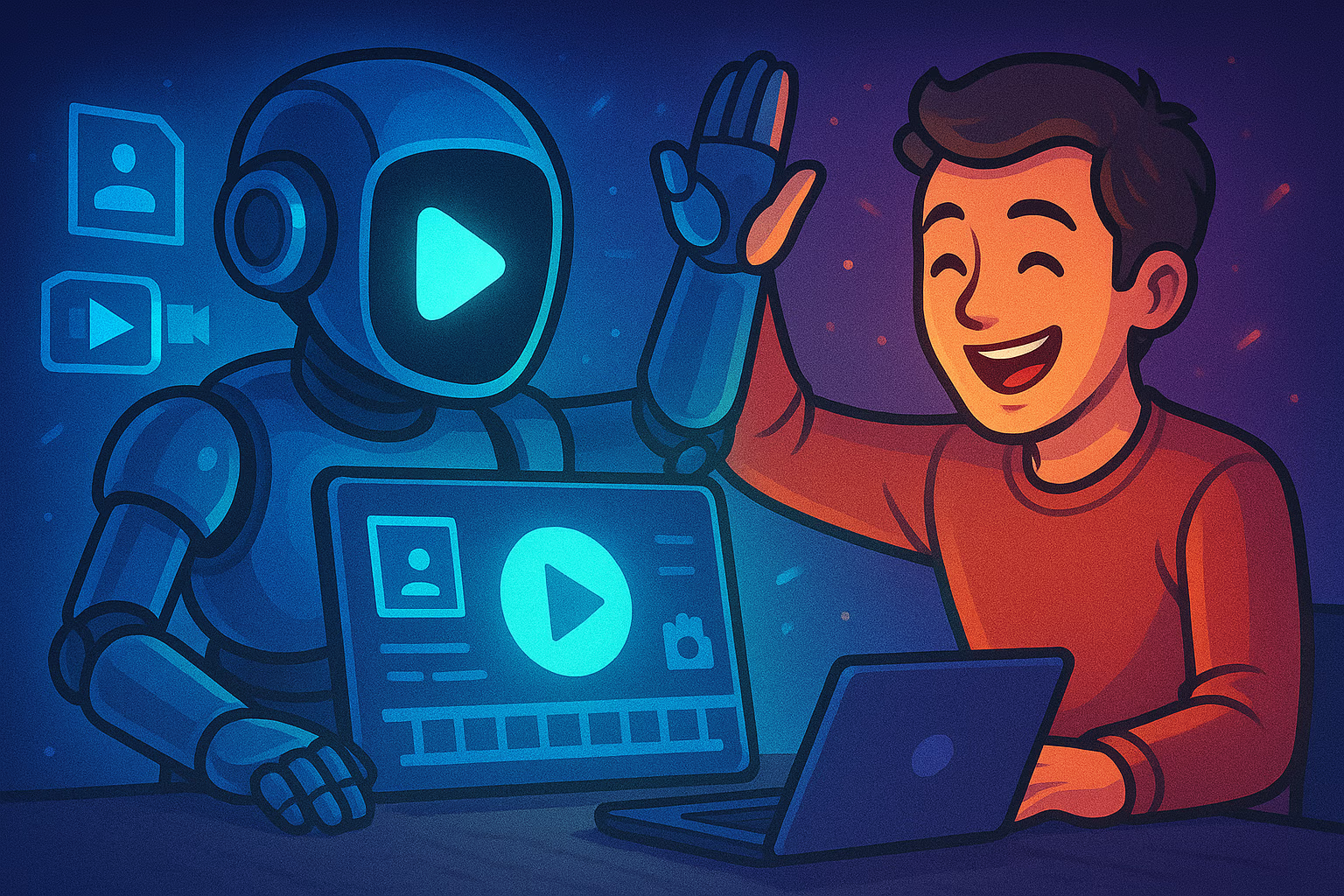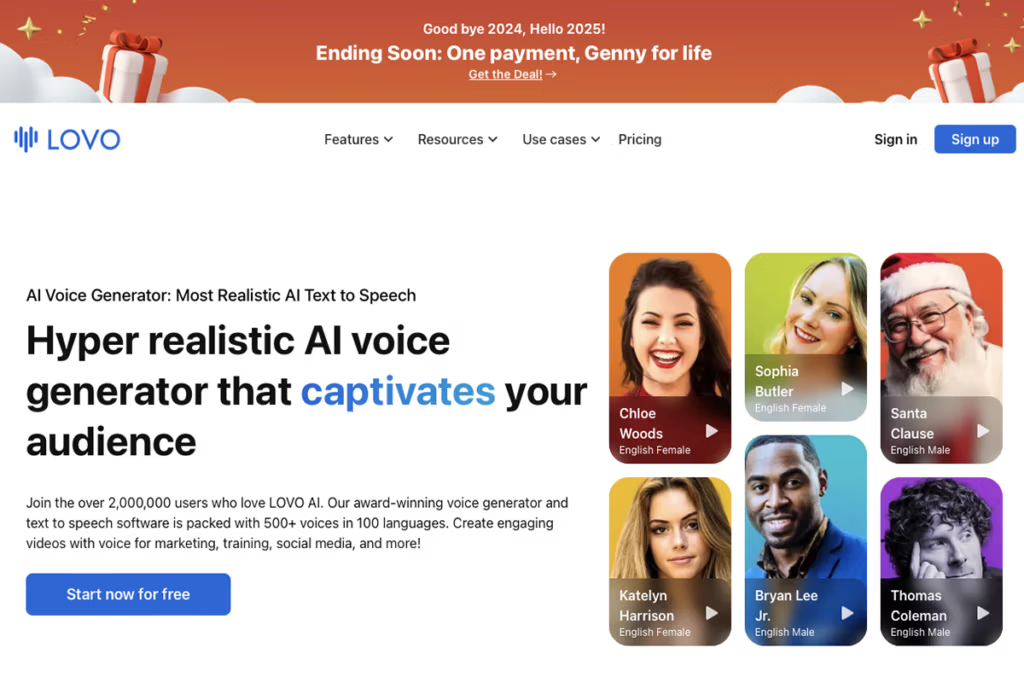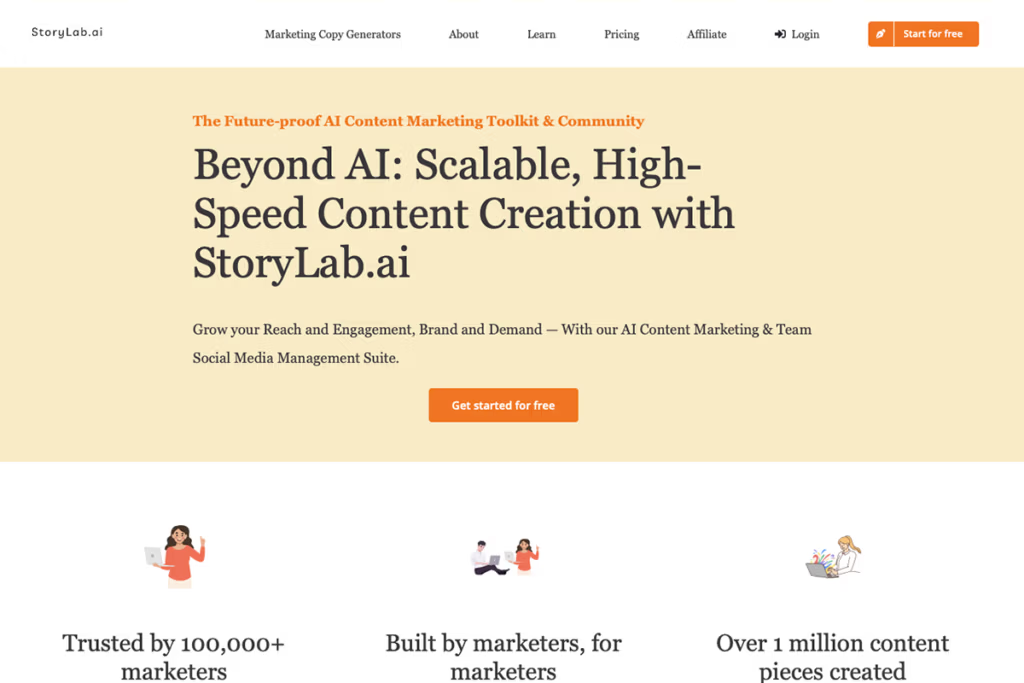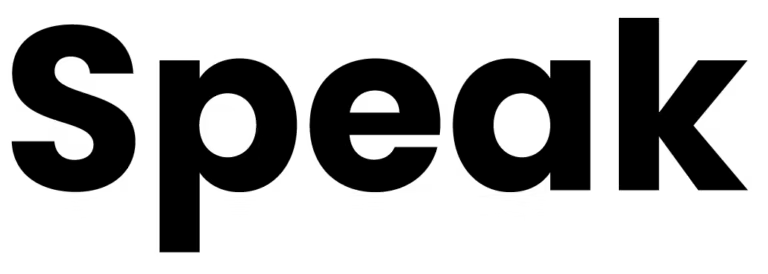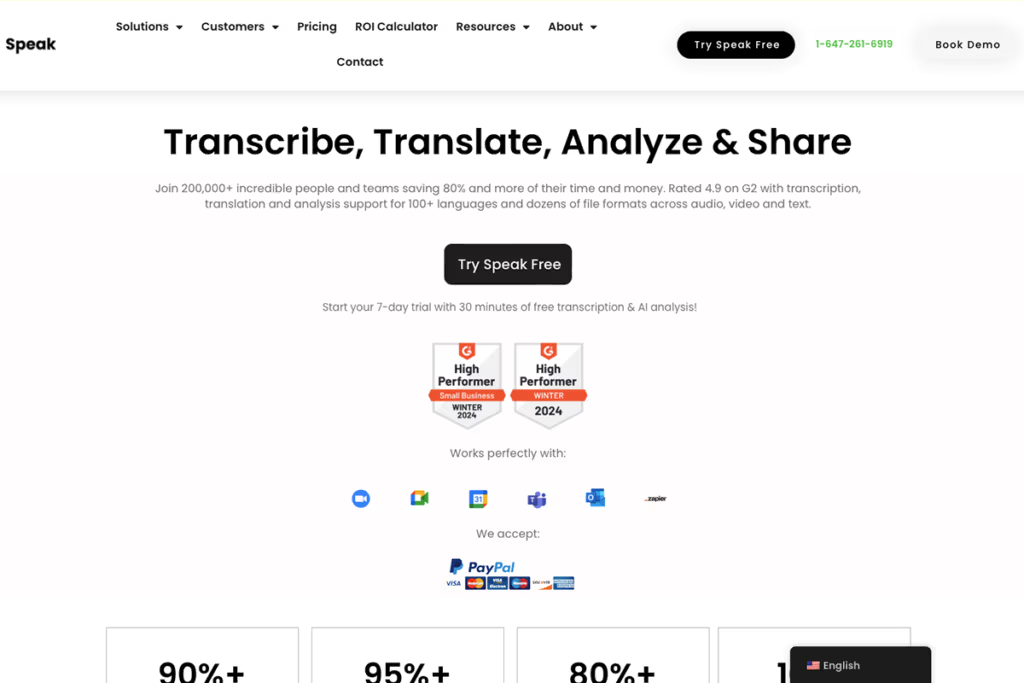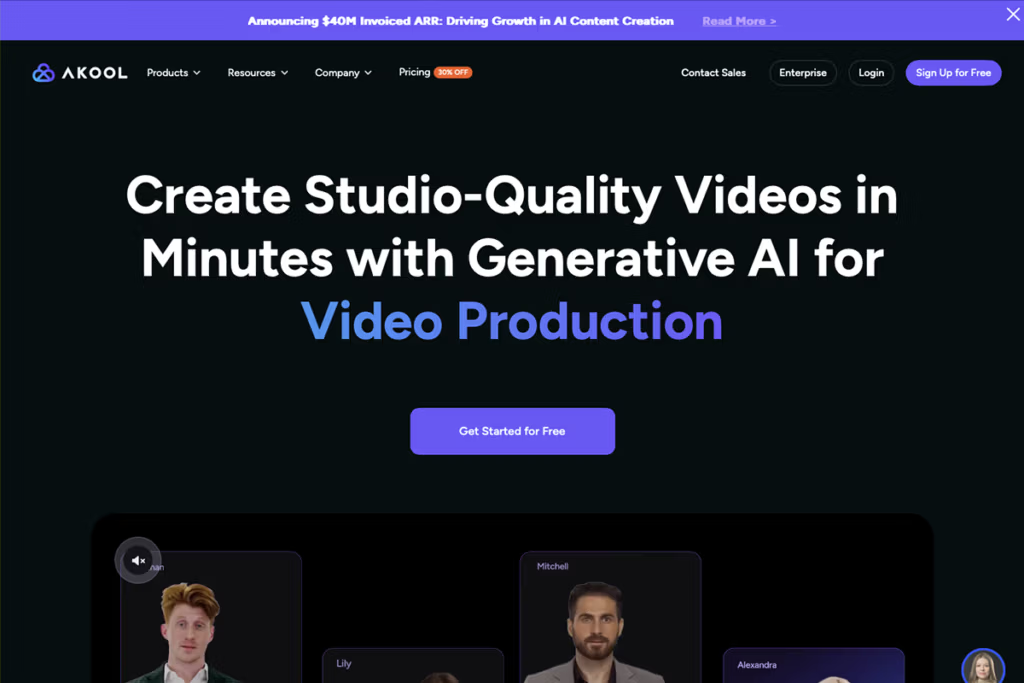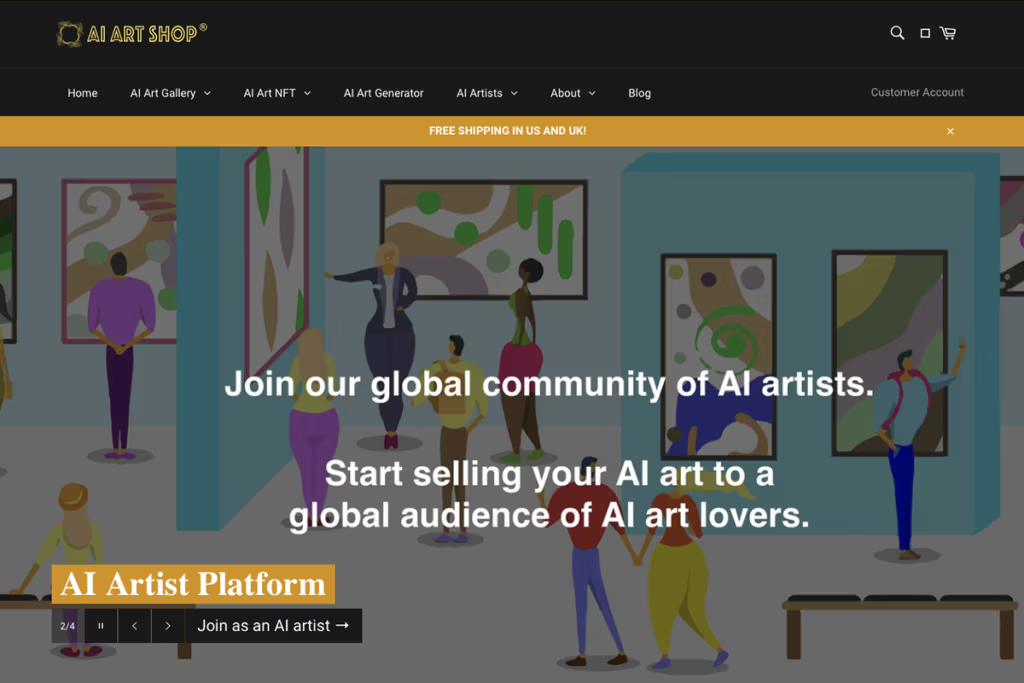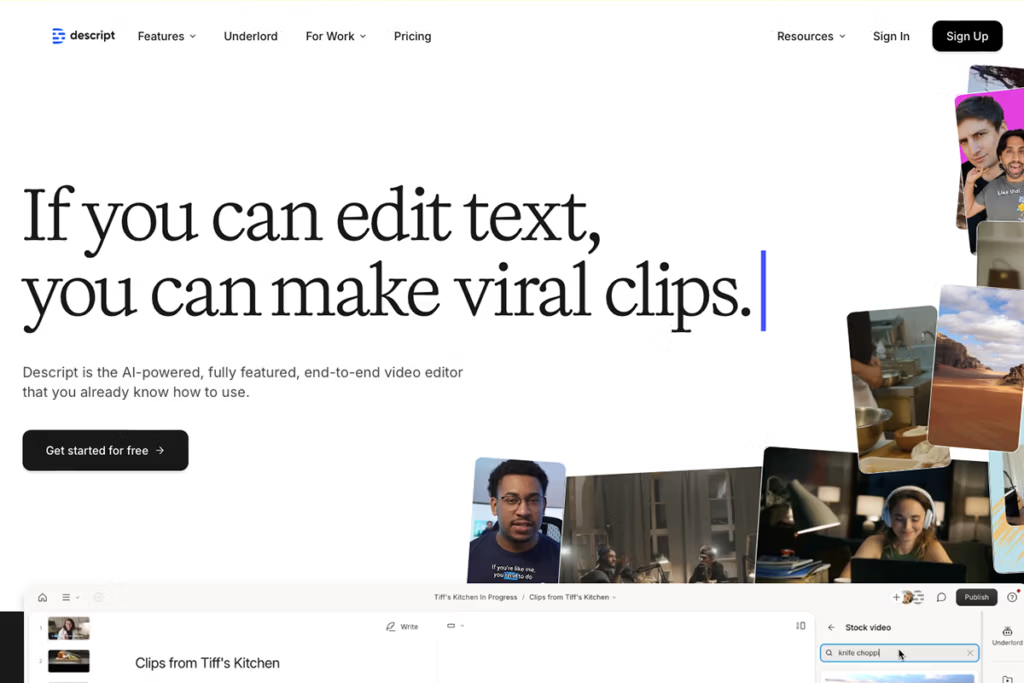(Cue dramatic music) Are the robots coming for our jobs – our creative jobs? Picture this: an AI just whipped up a logo, penned a catchy headline, edited a video, and even composed a jingle, all before your morning coffee cooled. It’s enough to make any designer, writer, or artist nervously clutch their sketchbook or keyboard. Will AI replace creative jobs, or are we witnessing a high-tech creative collaboration? Let’s dive into the latest facts, stats, and a dash of humor to explore this twenty-twenty-(sci-fi)-five reality.
AI’s Growing Role in Creative Industries
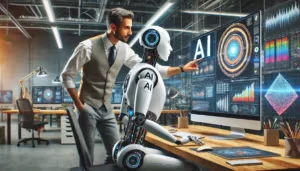 Artificial intelligence has crashed the creative party, and it’s not just sipping punch in the corner – it’s center stage, jamming with the band. In 2024, generative AI went mainstream in creative fields from marketing to design. Across the board, creative pros are experimenting with AI tools for brainstorming, drafting, designing, and more. Many creatives already see AI as a helpful sidekick; a 2024 survey found 40% of marketing and creative workers say generative AI tools have made them more efficient and improved results on the job, while 36% say AI has had little to no impact on their role so far. In fact, a whopping 81% of B2B marketers reported using generative AI tools in 2024 – a huge jump from the year before.
Artificial intelligence has crashed the creative party, and it’s not just sipping punch in the corner – it’s center stage, jamming with the band. In 2024, generative AI went mainstream in creative fields from marketing to design. Across the board, creative pros are experimenting with AI tools for brainstorming, drafting, designing, and more. Many creatives already see AI as a helpful sidekick; a 2024 survey found 40% of marketing and creative workers say generative AI tools have made them more efficient and improved results on the job, while 36% say AI has had little to no impact on their role so far. In fact, a whopping 81% of B2B marketers reported using generative AI tools in 2024 – a huge jump from the year before.
What are they using AI for? Think automating tedious tasks like formatting copy, resizing images, or generating endless variations of ad copy (so you don’t have to write “Sale starts now!” in 47 different fonts by hand). Instead of replacing the creative process, AI often acts like a hyper-efficient intern who never needs a lunch break.
Threat or Hype: Will AI Really Replace Creatives?
Every new technology in history has triggered the same nervous question: “Will this replace us?” Now it’s the creatives’ turn to fret. And there are some genuine concerns amid the hype. Early 2024 brought eye-opening stats: a quarter of professional illustrators (26%) and over a third of translators (36%) have already lost work due to generative AI. Some artists are literally losing gigs to algorithms. When AI image generators can conjure stunning visuals in seconds, it’s no surprise some clients say, “Why hire an illustrator when I can get a robo-Rembrandt?” Similarly, AI translation tools have become so advanced that publishers are cutting back on human translators.
Moreover, creative freelancers worry about the devaluation of their craft. If anyone can prompt Midjourney or ChatGPT to spit out content, where’s the value in hard-earned skills? It’s telling that 86% of authors and artists surveyed are concerned about their style or voice being imitated by AI.
But before we resign our creative careers to our new robot overlords, let’s pump the brakes. Experts increasingly suggest AI is more creative sidekick than supplanter. OpenAI’s CTO Mira Murati — part of the team behind ChatGPT — noted in 2024 that while some low-quality, repetitive creative jobs might disappear, those jobs “perhaps shouldn’t have existed in the first place.” In essence, AI could eliminate the drudge work and junk content, challenging us humans to focus on higher-quality creativity. In other words, if an AI can churn out a generic stock photo or boilerplate blog post, was that truly the pinnacle of human creativity to begin with?
On a more optimistic note, industry leaders are adamant that AI can’t replace the human touch in creativity. Neal Mohan, CEO of YouTube, recently reassured that AI should “not be a replacement for human creativity” but rather a tool to “supercharge” it. The sentiment across creative fields is that while AI can generate content, it lacks the uniquely human spark – the cultural context, emotional depth, and original thinking that great art, writing, and design require. As one upbeat report put it, algorithms “will never take the place of human inspiration.”
The net outcome? AI is set to reshape creative jobs, not erase them. Yes, some roles will evolve or even disappear. (If your entire job is churning out basic product descriptions or simple logo variations, you might want to start diversifying your portfolio.) But new roles are already emerging – think AI content curator or prompt engineer. In many cases, creatives who embrace AI as a collaborator are finding themselves in higher demand. A hiring survey in late 2024 showed companies actively seek designers, writers, and marketers who can “bring generative AI skills to the table.” In other words, knowing how to dance with the AI devil could be your ticket to staying relevant and employed.
AI in Writing and Content Creation
Let’s talk about the wordsmiths first. Writers from journalists to copywriters to social media managers have welcomed AI into their workflow – sometimes warily, sometimes with open arms (and occasionally with secret fantasies of throwing their AI “assistant” out the window). By 2024, tools like OpenAI’s ChatGPT and Google Gemini became the de facto “coworkers” in many newsrooms and marketing departments. These AI writing assistants can draft articles, brainstorm headlines, or even help script video content. Rather than replacing writers, they’re often used to beat the dreaded writer’s block or to generate a first draft that the human can then polish with that special human flair (and fix all the bizarre analogies the AI thought were a good idea).
By the numbers, AI is pulling its weight. One study found that early adopters of generative AI in creative teams saved around 11 hours per week on tasks like brainstorming, drafting copy, and designing content – time they could reinvest into higher-value creative work. In other words, writers are gaining back hours to refine ideas and polish storytelling (or, let’s be honest, to grab another coffee). Don’t be shocked if the blog post you read today had an AI co-author helping behind the scenes (cue the gasp!). Marketers, in particular, love using AI for whipping up quick social media captions, product descriptions, or even entire blog outlines at lightning speed. Got 50 product descriptions to write by EOD? Give an AI a few examples and you’ll have a decent (if slightly vanilla) draft for each in minutes.
AI writing tools are proliferating like rabbits. There’s Jasper and Copy.ai for marketing copy, Sudowrite for fiction authors looking for a muse, and even specialized tools like Persado that generate and test variations of ad copy to see which emotional appeal resonates best. Rather than getting our pens replaced, writers are learning to wield these tools to amplify their output. It’s a bit like having a junior copywriter on call 24/7 who never complains about revisions. Of course, human editors are more necessary than ever – AI can ramble or serve up factual errors with confidence.
The upshot? If you’re a writer, AI is your hyperactive intern: great for rough drafts and endless ideas, but it needs supervision and a discerning eye. Your creative judgment, humor, and ability to connect with readers are still very much required on the job.
AI in Graphic Design and Illustration
In the visual arts, AI has become the equivalent of that fancy new power tool in the workshop – exciting, a little intimidating, and clearly capable of cutting some serious corners (sometimes literally). Graphic designers and illustrators now have AI-powered image generators and design assistants as part of their toolkit. Tools like DALL·E 3, Midjourney, and Stable Diffusion can create jaw-dropping images from a simple text prompt, giving even non-artists the ability to conjure up visuals of “a steampunk cat playing a guitar on Mars” in seconds. Meanwhile, mainstream design software has gotten AI upgrades: Adobe’s Creative Cloud now features Adobe Firefly (for generating images and text effects) and Adobe Sensei AI which helps with tasks like auto-masking, color matching, and layout suggestions.
Designers are using these tools in creative ways. Need a hundred thumbnail sketches to ideate a logo? An AI can produce countless variations overnight while you catch some Z’s. Need to quickly prototype a poster layout with different styles? Let the AI give it a go, and you might get unexpected inspiration. Creative teams are already using AI for tasks like image editing and color palette generation to speed up their workflow. Rather than painstakingly tweaking each detail, a designer can let AI propose solutions (like “make this photo 20% more moody”) and then refine from there.
However, the arrival of AI art generators also raised an existential question for illustrators: if a client can get a pretty good book cover or concept art from an AI, will they still pay an artist? It’s a valid fear – remember that 26% of illustrators have reported job losses thanks to AI competition. But many illustrators are responding by incorporating AI into their own process (as a speed booster) or doubling down on a deeply original, hand-crafted style that no prompt can easily replicate.
All told, if you’re a graphic designer or illustrator, AI is a bit of a frenemy. It can churn out quick concepts and handle tedious edits, but it still needs you for the truly novel ideas, story, and soul behind the image. Think of AI as your robot design assistant: it can mix the paints and prep the canvas, but it needs a human artist to direct the brush strokes.
AI in Photography and Video Editing
Photography and filmmaking haven’t been left out of the AI revolution either. In fact, photographers have been using AI-ish tools for years (hello, automatic camera settings and Photoshop auto-filters). But now we’re talking next-level AI wizardry. On the photography side, AI can enhance and edit photos with shocking skill. Adobe Photoshop’s AI “Generative Fill” lets you insert or remove elements in an image just by typing a command. Want that photobomber gone from your picture of the Eiffel Tower? Highlight the offender, say “remove this person,” and poof – the AI paints over them as if they never existed. Photographers also use tools like Luminar Neo or Topaz Photo AI to automatically enhance images – noise reduction, upscaling, sharpening – tasks that used to require careful tuning now done in a click.
Even more mind-bending, AI can create photorealistic images from scratch. Need a stock photo of a “sunset over a futuristic city” but don’t have it? Generative AI image models can cook one up without a single camera click. Some companies in 2024 started using AI-generated stock images to save on photoshoot costs (much to the chagrin of stock photographers). On the flip side, many photographers use AI to expand their creativity – generating virtual backdrops or props for a shoot without needing to physically build them. The line between photography and illustration is blurring, and creative photographers are dancing across it.
For video editors and filmmakers, AI has stepped in as the ultimate assistant editor. Transcribing and subtitling videos – a traditionally dull, time-consuming task – can now be done in minutes with AI speech-to-text. Tools like Descript let you edit video simply by editing the transcript (delete the sentence in text, and the clip is cut – magic!). AI-driven editing software can automatically find the best scenes in hours of raw footage, suggest cuts, or even assemble rough edits. There’s Runway ML’s Gen-2 model that can generate short video clips from text prompts (still rudimentary in 2025, but improving) – it’s like DALL·E for video, hinting at a future where we might “generate” entire scenes.
Special effects and animation have also been turbocharged by AI. Motion tracking, rotoscoping, color grading – AI assists in all these post-production tasks to speed things up. Deepfake technology, while controversial, has enabled filmmakers to do things like de-age actors or create digital avatars (with permission, hopefully).
For those in video production, the story is similar: AI can do the grunt work (and do it fast), but it won’t direct the next Oscar-winning film on its own. It has no artistic vision or storytelling instinct; that’s firmly in human hands. The clever editor who knows exactly how to pace a comedic sequence, or the cinematographer who finds the perfect framing – they aren’t out of a job, they’re just equipped with a super-tool.
AI in Marketing and Advertising
Marketing and advertising live at the intersection of art and commerce – and AI has set up shop right on that corner. In 2024 and 2025, marketing teams have become some of the most avid adopters of AI in creative work. Their goal? Personalization and scale – basically, create more content, more tailored, in less time. AI is like a godsend for that.
Picture an advertising team launching a new campaign. In the old days (like, early 2020s), they’d make a few versions of an ad and hope one resonates. Now, with AI tools, they can generate dozens or even hundreds of ad variations, each targeting different audiences. For example, an AI might tweak the wording and imagery of a Facebook ad differently for hikers, gamers, and fashionistas – all automatically. That’s the power of AI-driven marketing: mass customization.
A survey found roughly 70% of marketers believe AI can outperform humans in certain creative tasks. It’s not that humans suddenly became useless – it’s that a human with AI can juggle a lot more balls (campaigns) at once without dropping them.
Advertising agencies, in particular, have been keen on AI. Big brands experimented with AI-generated commercials: Coca-Cola’s 2024 holiday ad campaign famously used generative AI to reimagine their classic “Holidays are Coming” theme with surreal, festive visuals. Fashion retailer Mango debuted AI-generated models in 2024 to showcase clothing without hiring as many human models. Even where the bold creative ideas still came from humans, AI helped execute those ideas faster and cheaper – whether by generating visuals, voices, or copy.
However, marketing is also where the limitations of AI creativity become obvious. Truly memorable branding and campaigns still require human insight. AI might give you a thousand generic banner ads, but it won’t conceive the next “Just Do It” slogan or an award-winning Super Bowl commercial that makes everyone cry-laugh. Top marketers see AI as the ultimate testing and optimization tool, but the core creative concepts – the big bold ideas – remain a human domain. In advertising, avoiding a “sea of sameness” is vital – if everyone is using the same AI tools and churning out similar content, human originality and taste become more valuable, not less.
Conclusion: A Creative Synergy, Not a Showdown
So, will AI replace creative jobs? The verdict in 2025: AI is transforming creative jobs, not replacing the creatives who do them. For now, we’ve got AI as a supercharged creative assistant – one that can generate, iterate, and proliferate content at scale, but still looks to us humans for direction, purpose, and that spark of genius.
The wise path for today’s writers, designers, videographers, and marketers is to make AI work with you, not against you. Embrace the tools, learn their quirks, and use them to amplify your creativity, not substitute it. As the saying goes in creative circles, “the AI won’t take your job – but the person who knows how to use AI will.” In other words, staying ahead means leveraging the tech while doubling down on the uniquely human skills that no machine can match: imagination, empathy, storytelling, and the ability to create meaning.
Now, a call to action: why not explore some AI tools yourself and see what they can do for your creative workflow? Whether you’re curious to have an AI co-write a poem, design a graphic, mix a soundtrack, or edit a video, there’s an app for that. Check out these resources for AI tools by creative field and play around:
- AI for Text (Writing) – From GPT-based writing assistants to specialized copy generators, find tools that act like your personal writing sidekick.
- AI for Images (Design & Art) – Explore text-to-image generators and design AIs that can conjure visuals or help polish your graphics.
- AI for Audio (Music & Sound) – Discover AI music composers, voice generators, and audio enhancers to amplify your sound projects.
- AI Apps for Videos (Editing & Generation) – Find tools that assist with video editing, automate effects, or even create video content from scratch.

